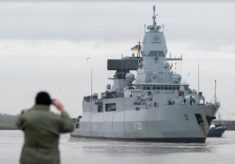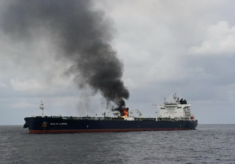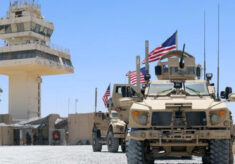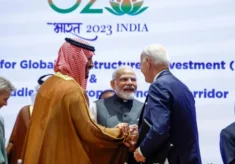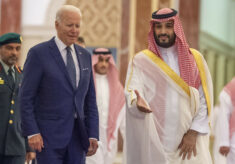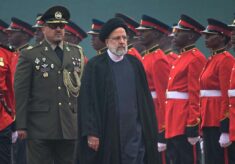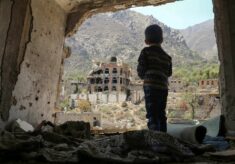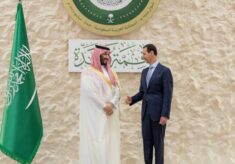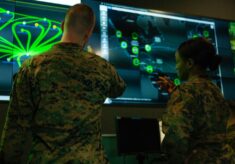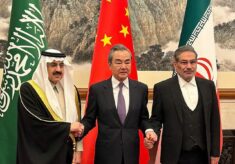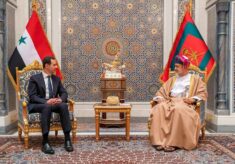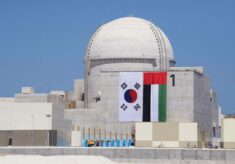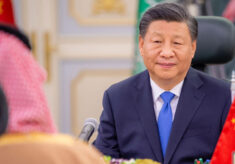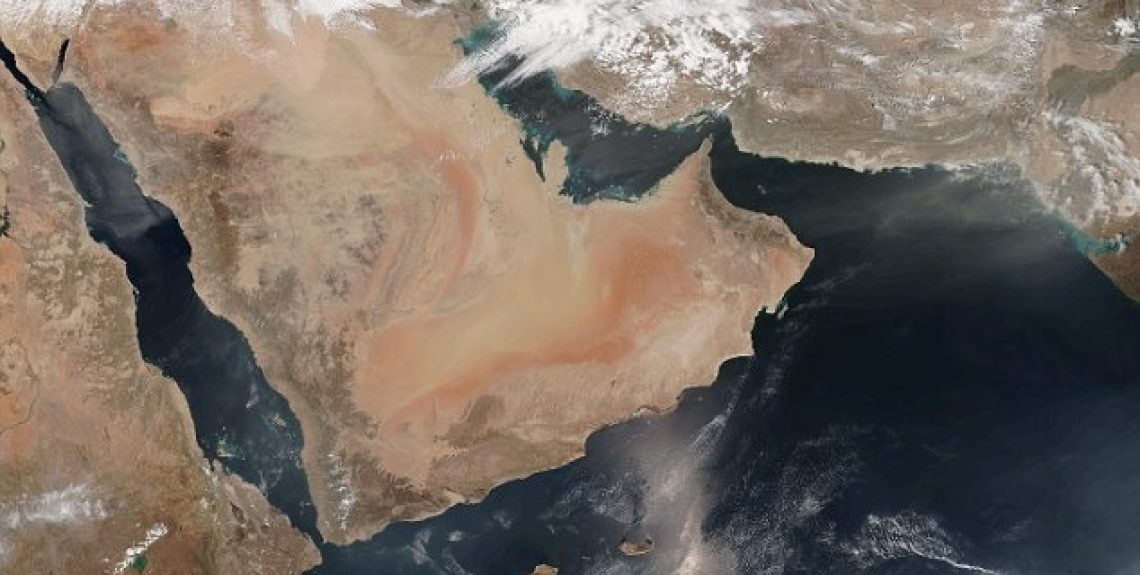Since years, Gulf, Middle Eastern and international powers struggle for influence in the Western Indian Ocean (WIO): coasts, islands and archipelagos of the “South Arabia” subregion are part of this highly-interconnected geopolitical space, at the crossroads among Arab, African and Asian rimlands.
Given this background, three recent events highlight a further competition increase in the WIO. In all the cases, Gulf powers play a prominent role (United Arab Emirates and Iran), or stand at the centre of a broader geostrategic rivalry (Oman).
In a letter to the Congress listing unfunded priorities, the chief commander of CENTCOM (US Central Command), General Kenneth McKenzie asked, on February 2020, $ 21 million “to continue developing Duqm, Oman, as the only fully capable and scalable logistics hub” able to support the US military outside the Gulf [Christopher Woody, “Inside the Middle East port that the US wants to host aircraft carriers as it pressures Iran, Business Insider, March 4, 2020]. In 2019, the US and Oman extended the Strategic Framework Agreement allowing the access to the Sultanate’s ports and airports without prior notification or specific reason. British and Indian navies can access Duqm port (since, respectively, 2017 and 2018). The United Kingdom opened a permanent military training base in Duqm (2019). China has been investing in infrastructural and industrial projects both in Duqm and Salalah.
On the 22nd of June 2020, secessionist forces belonging to the Southern Transitional Council (STC) took control of the strategic island of Socotra. The island is part of a Yemeni archipelago close to Somalia’s coasts, at the centre of Emirati and Saudi incremental militarization since 2017. During the Cold War it was a staging point of the Soviet Fleet. The STC, which is informally supported by the United Arab Emirates (UAE) since its foundation in 2017, seized government and military installations in Hadibou and deposed the governor declaring self-administrative authority. This occurred after months of intermittent clashes with forces loyal to the internationally recognized government; this time, Saudi militaries present in Socotra did not react to the secessionists’ escalation.
On late June 2020, the commander of the naval forces of the Islamic Revolutionary Guard Corps (IRGC), Admiral Alireza Tangsiri, announced Iran’s plan to build its first permanent base in Indian Ocean by the end of 2020, without elaborating on details and location. According to Tangsiri, the naval base would increase security in the Gulf of Oman, protecting fishing and industrial shipping from piracy and some foreign warships [Mehr News Agency, “IRGC Navy to establish permanent base in Indian Ocean: navy cmdr.”, June 22, 2020]. Currently, the main Iranian hub in the WIO area is the developing Chabahar port, in the Iranian province of Sistan-Baluchistan.
As part of the WIO, the “South Arabia” sub-region is the epicentre of a global struggle for maritime influence in which Gulf powers play a leading role. In this framework, Yemen’s ongoing civil war and Oman’s increasing need to secure financial aid are likely to enhance geopolitical competition in the medium-long term, thus contributing to redesign regional and international power balances.
